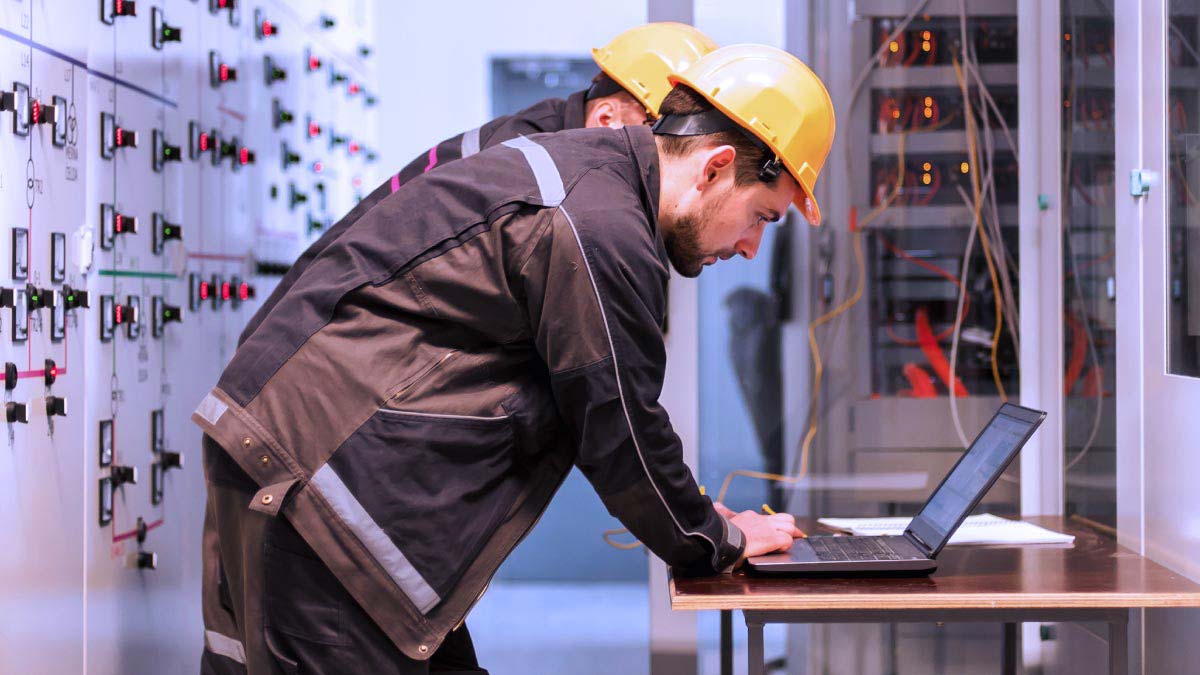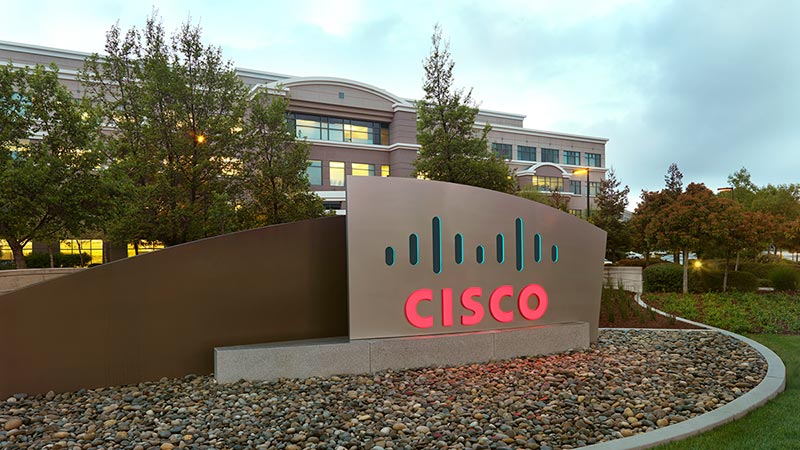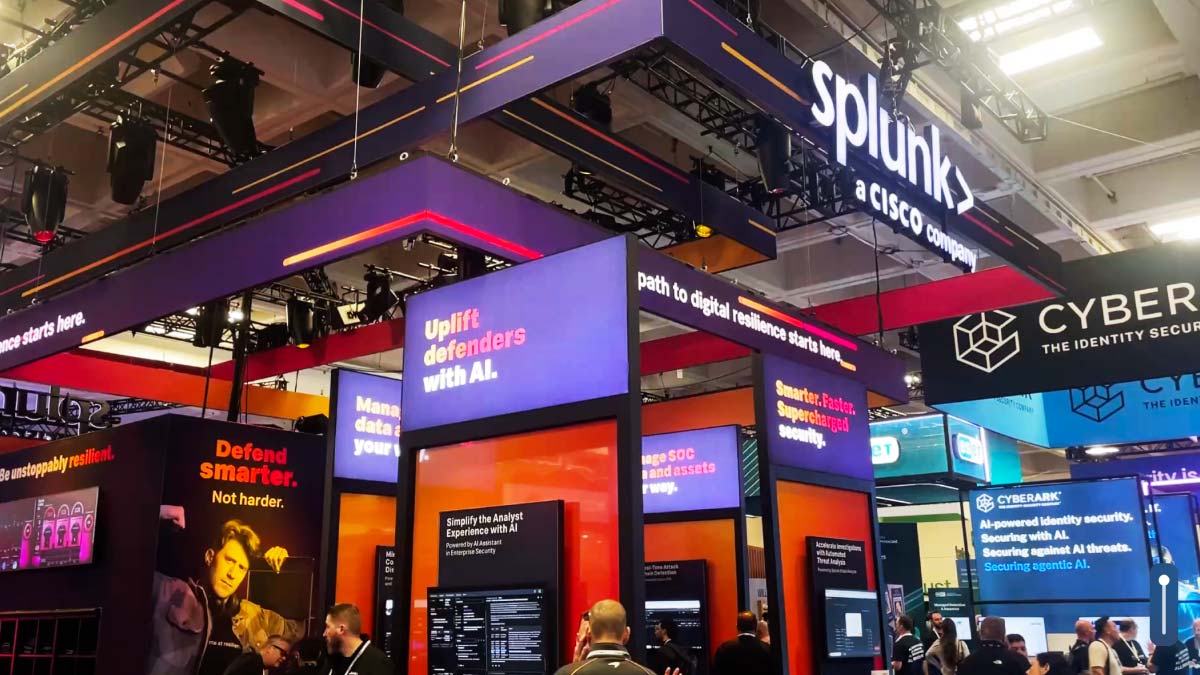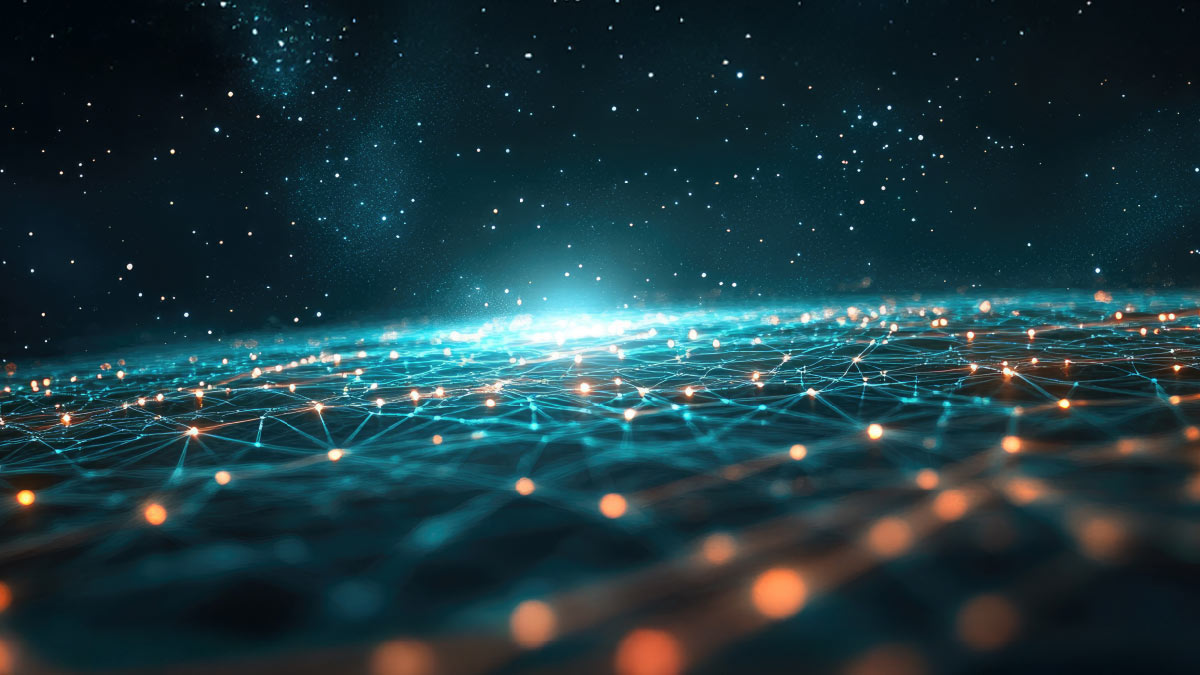Today we depend on the energy grid for just about … everything.
But from aging infrastructure and spiraling demands to relentless cyberthreats and the added complexities of renewable energy, utilities have no shortage of challenges.
Digital innovations are critical to meeting those challenges. And in myriad ways, Cisco is contributing to an energy future that’s more sustainable, secure, and smart.
“Utilities and energy are critical infrastructure for any country,” said Kelsi Doran, head of sustainability strategy and transformation for Cisco. “And as cyberthreats continue to become more sophisticated, they can become a target for bad actors. If you layer on that they’re working off antiquated systems, the grid could be vulnerable in terms of energy, reliability, and security.”
The U.S. Department of Energy, for example, estimates that much of the country’s electric grid was built in the 1960s and ’70s, and 70 percent of transmission lines are more than 25 years old. So, much of that infrastructure is coming to the end of its useful life. Given the increased demands and threats that utilities face — along with climate-driven disruptions like storms, floods and wildfires — transformation to smarter grids is imperative.
“Forward-thinking utilities are increasingly considering digital technologies as a part of their architectures,” Doran continued. “It enables them to have better visibility into their entire OT network so they can do things like more efficiently balance the load of supply and demand. Utilities are adopting these things not only to accelerate the clean energy transition, but their digital business-model transformation as well.”
One of those forward-thinking utilities is CPFL Energia. Headquartered in São Paulo, it’s one of Brazil’s largest energy suppliers. And it’s taking the transition to its energy future very seriously. That includes sweeping digitization and a deep commitment to renewable sources like wind.
Security is, of course, an overriding concern.
“The energy companies in Brazil are a top focus for the hackers,” said Emerson Cardoso, chief information security officer at CPFL Energia.“And the Brazilian government has enacted regulations that demand better security measures. But Cisco has given us great support, and they are constantly innovating.”
Clean but complex
Renewable energy sources like wind, solar, geothermal, and ocean waves will be essential to reach the net-zero goals being set by many organizations and governments. But incorporating more renewable sources into electricity supplies can create new challenges. Whereas traditional energy is built around centralized power plants driven by coal or oil, renewable sources are more distributed, with wind generators or solar panels spread across wide areas in sometimes remote places.
“Utilities have to now handle all different types of energy, whether it’s traditional or nuclear or hydro or solar or wind,” said Mary de Wysocki, Cisco senior vice president and chief sustainability officer. “It goes from a very centralized model to now much more decentralized. That’s where networking, IOT sensors, and AI/machine learning come in, to give visibility and early warning signals that enable preventative management before an outage or threat arises.”
Renewable sources can also be less consistent than traditional sources. After all, the sun goes behind clouds and the wind sometimes weakens. But artificial intelligence and machine learning can help there as well, by optimizing generation and storage of energy in response to the fluctuations in supply and demand.
“Renewable energy can be intermittent,” Doran added. “It’s not the same steady output that you can plan for in a fossil fuel plant. Instead, we get energy when the sun shines or the wind blows. And so, we need the right tools to be able to ramp up supply to match demand and peak load. And this, again, is where digital technology allows us to have visibility into how much energy is being consumed, and then ramp up the right level of energy to support that demand.”
Complex but secure
All those distributed endpoints must be secured, since cybercriminals will exploit any vulnerability. Denise Lee, vice president for Cisco's Engineering Sustainability Office, stressed that security can also be undermined when too many vendors and solutions are deployed, adding to the complexity.
“There's very few vendors out there that have the end-to-end architecture and portfolio that Cisco does,” she stressed. “And the security element to everything we do is inherently built in. When you start with a foundation of secure networking, it is much easier to build an ecosystem of solutions for various interconnected systems."
Cisco has longstanding partnerships and customer relationships in the energy industry. And that deep experience translates into products, services, and support that can help guide energy utilities through this critical juncture in their histories.
Cardoso and his teams are staying ahead of the curve with solutions like Cisco Cybervision, Extended Detection and Response (XDR), Digital Network Architecture (DNA) software, and the Identity Services Engine (ISE).
As an example, he cites the automated alerts he receives from wind generators hundreds of miles north of São Paulo.
“Even with low bandwidth in that location,” Cardoso said, “CyberVision keeps a steady solid link with its communications. So, we’re in constant communication with how they are functioning and alerted when we need to be.”
Andrew Blair, lead telecoms engineer for ScottishPower Renewables, knows about challenging environments for wind generators, in his case the turbulent North Sea.
“The offshore environment is a very unique place with very unique challenges,” he explained. “We need a tried and tested network infrastructure that covers all elements of our operations and maintenance and provides a secure way for those elements to communicate. And that's exactly what Cisco developed with us.”
ScottishPower Renewables relies on Cisco solutions like CyberVision, Cisco Validated Designs for Power Utilities and Renewable Energy, and Cisco Ultra-Reliable Wireless Backhaul, as well the company’s rugged industrial routers and Ethernet switches.
Cardozo vouched for that ruggedness when he described one case where heavy rains and flooding — increasingly common in Brazil due to the effects of climate change — failed to stop Cisco gear from functioning and generating data.
“The water completely covered the equipment in the substation,” he recounted, “but when we got there the next day the Cisco technology was still working, and the sensors were still sending data. It’s very strongly built equipment.”
Embracing the smart energy future
One thing is certain: energy demands will continue to rise especially as power-hungry technologies like AI continue to proliferate. By some estimates, a generative AI search platform uses 850 percent more energy than a simple internet search.
“As we move from the newness and panic of AI, we can get more pragmatic about the applications and implications for supporting AI,” Lee said, “we need to be much more practical and responsible about how we deploy that infrastructure.”
Given its deep and longstanding relationships in the energy industry and constant innovation, Cisco can play a major role in our planet’s energy future.
“What differentiates Cisco in this space,” said Doran, “is our unrivaled security expertise, our end-to-end portfolio, especially in our networking solutions, our automation, our management capabilities, and of course our IoT expertise as well. We can provide that connectivity, that visibility, that security across the entire grid network.”
Doran mentioned Cisco’s investments and innovation in everything from AI and quantum computing to wave energy and carbon capture solutions — all of which can contribute to a future that’s more secure, clean, and resilient.
But for a global energy industry that’s grappling with rapid change today, Cisco will continue to be on the front lines, helping utilities meet real-world challenges.
“From the control-center operations to the substations, which are really the backbone of grid infrastructure,” Doran explained, “and then routing the traffic across the grid all the way to those last-mile networks that connect people like you and me, as well as corporations, Cisco's full suite of solutions can help customers connect it all, modernize their networks, and secure them.”
Given the relentless pace of change — and continued pressures from the climate crisis — the need for further energy transformation and innovation will only increase.
“Today there are so many places around the world where that grid isn’t smart, it isn’t modern,” de Wysocki concluded. “And with the extreme weather we’re seeing and the fact that so much of work and life are powered by the grid, I feel Cisco can be a critical enabler — to that smart, modern, clean grid, powered by the network, and providing a ton of data and observability in a super secure way. “





